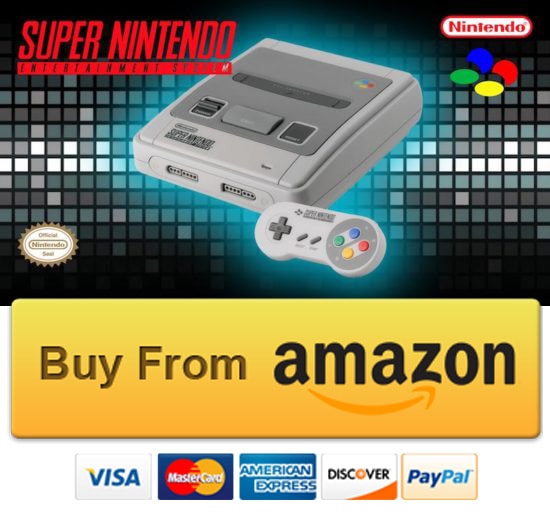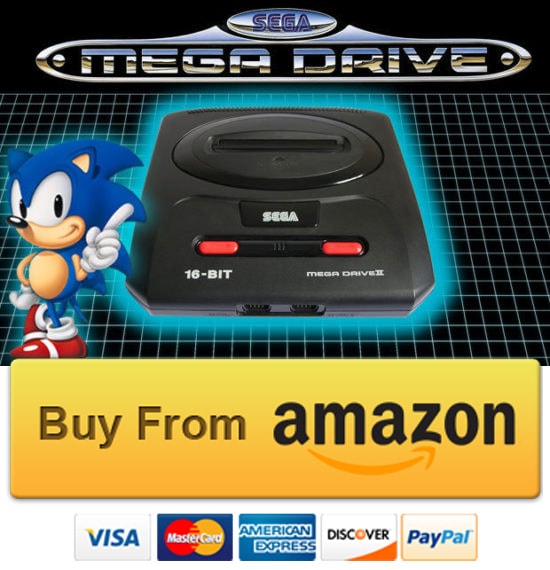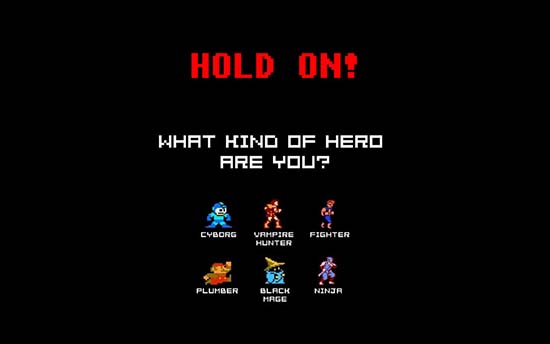CLICK TO READ MORE:VIDEO GAMES OF 1986 Video Games 1986: Gauntlet takes Game of the Year at the Golden Joystick Awards. Please scroll down to vote for your favorite video games of 1986. Thanks! Apple releases the final computer in the Apple II line, the 16-bit Apple IIgs with professional synthesizer-quality audio. Namco releases the Namco System 86 arcade system board. Atari releases the 1040ST personal computer, the second in the ST line. With a megabyte of RAM and a price of USD$999, it’s the first computer with a cost-per-kilobyte of under $1. Texas Instruments releases the TMS34010, a CPU with graphics-oriented instructions. Eventually it powers arcade games such as Hard Drivin’, Smash TV, Mortal Kombat, and NBA Jam. Atari releases the Atari 7800 console two years after its original test market date. Atari releases the 2600 Jr., a smaller 2600 for under US$50, and begins a TV campaign with the slogan “the fun is back!” Sega releases the Sega Master System home console in the US. Sharp releases the Twin Famicom home console only in Japan. Nintendo releases the Family Computer Disk System (an add-on for the Famicom) in Japan only. Source The challenge will always be there. Released as Sega Master System in the US, but it was known as Sega Mark III in the Japan. It was the first real competition to Nintendo’s Entertainment System. Released with Hang On and Safari Hunt. From the technical stand point, Master System was superior to the Nntendo’s Entertainment System. However, Sega managed to get only two third party developers involved – Activision and Parker Brothers. Most of the games were ports of Sega’s own arcade games therefore making Master System essentially an arcade system. A fun fact that there was no Start/Pause button on the controller, it was located on the console. Commodore releases Mind Walker for the Amiga. It keeps running, unmodified, on all versions of the Amiga hardware and OS. Electronic Arts releases open-ended space exploration adventure game Starflight, which goes on to sell a million copies. Sierra On-Line expands their “Quest” line with King’s Quest III: To Heir Is Human and Space Quest I: The Sarien Encounter. Activision releases Labyrinth: The Computer Game. Developed by Lucasfilm Games, this is the first of the LucasArts adventure games. New World Computing releases Might and Magic Book One: The Secret of the Inner Sanctum for the Apple II, the first installment in the Might and Magic series. Namco releases Sky Kid Deluxe, their first game to use a Yamaha YM2151 FM sound chip. SNK releases Ikari Warriors, which shares many elements with Taito’s Front Line from 1982, but adds two-player simultaneous play and visuals closer to 1985’s Commando. It’s SNK’s breakthrough game in the US. Namco releases The Return of Ishtar, which is the sequel to The Tower of Druaga. Ten years after Atari’s Breakout, Taito releases Arkanoid, which adds power-ups and unique levels and generally reinvigorates the concept. Taito Corporation releases Bubble Bobble. Sega releases the Out Run racing game. Namco releases Genpei Tōma Den. Namco releases Rolling Thunder, distributed outside Japan by Atari Games. Nintendo releases The Legend of Zelda (designed by Shigeru Miyamoto for the Family Computer Disk System), the first game in The Legend of Zelda series. Enix releases Dragon Quest for the Famicom, which is usually considered the foremost Japanese role-playing video game, and is the first game in a series that has been phenomenally successful in Japan. Nintendo releases Super Mario Bros.: The Lost Levels as the sequel to the Super Mario Bros. The game was not released in North America, partially because it was deemed too difficult. Nintendo releases Metroid by Makoto Kano, the first in the Metroid series. Hudson Soft releases Adventure Island. Konami releases Akumajō Dracula for the Famicom Disk System, the first game in the Castlevania series. Nintendo releases Kid Icarus. Meanwhile, Sega releases Alex Kidd in Miracle World, It is the first game in the Alex Kidd series created for this character, and the most popular of all Alex Kidd games. Alex Kidd Composed by: Retroconsole xyz CLICK HERE TO VOTE Arcade By Bally Midway Amiga By Cinemaware Famicom & NES By Nintendo Famicom & NES By Konami Arcade By Sega Famicom By NintendoVideo Games 1986
Hardware 1986
Home Consoles 1986
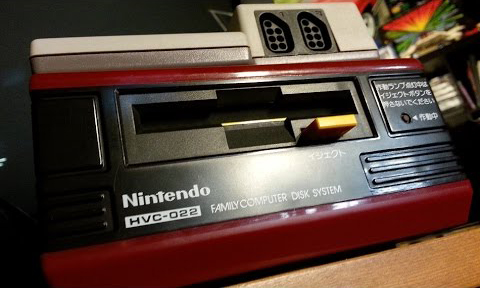
Sega Master System
Computer Video Games 1986
Arcade Video Games 1986
Console Video Games 1986
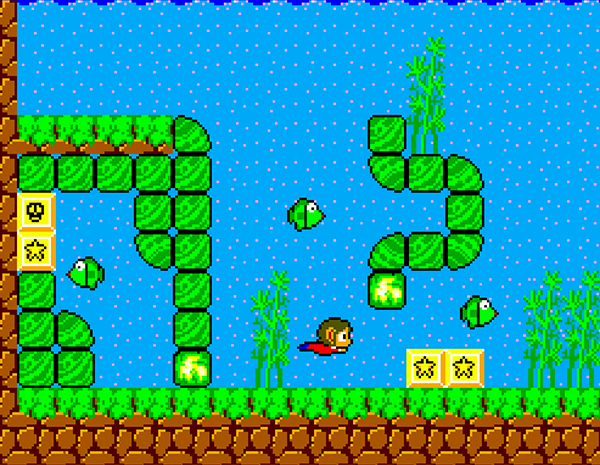
Gaming innovations
Rampage
Defender of the Crown
Metroid
Castlevania
Wonder Boy
Legend of Zelda

